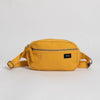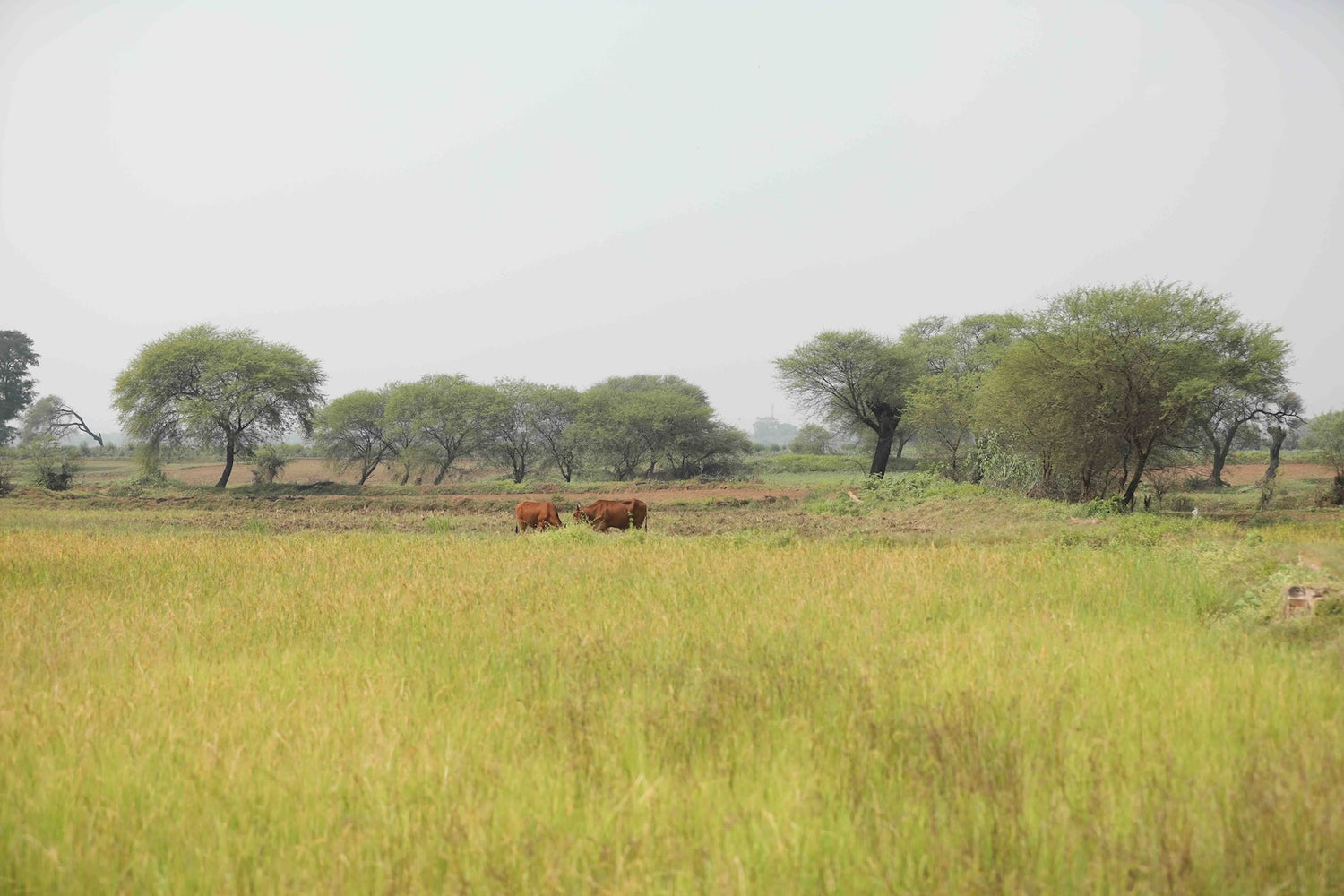In a recent news article from Vox Media, Alden Wicker is bringing light to a large problem concerning the sustainability of the fashion industry. She starts the conversation about misinformation, or rather, an almost complete lack of credible, peer reviewed, proven accurate research. While it’s clear that the fashion industry is in hot water for their repeated accidents, poor treatment of workers and environmental hazards, we unfortunately don’t even have concrete data to provide us with current information on these situations. Climate change is arguably the most important global problem to this day, and it’s a problem we cannot combat without proper information from all industries.
A simple Google search of the environmental impact of the fashion industry will provide you with one of the most common misconceptions right off the bat. “The global fashion industry is the second most polluting industry in the world” is by far, the most widespread, unproven fashion fact circulating the globe today. Alden Wicker, author of both the recent Vox article and a 2017 Racked article on this topic has been fighting to combat this information. While this fact may have been disregarded by most after learning of its falseness, other ‘facts’, similar to this are circulating today.
We can certainly confirm statements regarding the increase in collections put out by retailers annually, but we can only offer estimates when discussing pollution emitted by factories and garments (including microplastics), number of garments thrown away, exact production numbers or other factors related to sustainability in the fashion industry. We seemly have numbers to put to the facts, but these numbers can vary dramatically from source to source.
In Wicker’s Vox article, she interviews Dr. Linda Greer, former senior scientist at the Natural Resources Defense Council and current senior global fellow at the Institute of Public and Environmental Affairs. Greer states “Where are the technical papers? Where are the peer-reviewed journals? Where is the serious work?”. Certainly, any educated professional understands the need for peer-reviewed work in any industry, including fashion. Greer goes on to mention “You couldn’t even get a master’s degree with this, not even close. And here we are trying to run a whole industry’s environmental footprint reduction based on this kind of stuff. It’s kind of preposterous that people put up with it.”
Wicker also mentions conflicting facts such as The True Cost saying 80 billion garments a year are purchased while the World Economic Forum states we consume 150 billion. We know that there is a problem, but we can’t put an exact figure on it – yet.
What can we do about this misinformation?
Start with facts that you think are common knowledge and take a minute to research them. Do they come from a factual source? Even if they come from a factual source, this is only the first step. How is the fact written? Is it backed up with real, accurate data? Is it found in a peer-reviewed journal? Unfortunately, most of the sustainable fashion industry facts found online don’t pass the test.
Most likely you’ve heard that the average American throws away 80 pounds of clothing. This report, from the EPA in 2014, actually includes not just clothing, but additional materials like mattresses and carpets. Misleading right? We think so too.
The Summary of Findings of A New Textiles Economy: Redesigning Fashion’s Future states that “It has been estimated that around half a million tonnes of plastic microfibers shed during the washing of plastic-based textiles such as polyester, nylon or acrylic end up in the ocean annually. This pamphlet was published by the Ellen Macarthur Foundation as well as the Circular Fibers Initiative. This factual statement can be traced back to a 2017 publication titled Primary Microplastics in the Oceans. Read the publication here or read the Ellen Macarthur Summary of Findings here to see examples of properly backed fashion statistics.
We must continuously band together to demand that qualified scientists provide us with real information. We know the fashion industry is bad for the environment, but these real numbers can provide us with the information we need to better ourselves. As a consumer, demand that your information can be traced back to the source – and isn’t worded to be misleading.
Certainly, we have a long way to go in this industry. Although the spread of misinformation is happening with no ill intent, we must push for more data that can be tracked and proven. Terra Thread will be making a much larger effort to ensure that the information we provide is correct and can be backed up. We’re proud to be Fair Trade and GOTS Certified, ensuring our environmental footprint is kept low and our workers protected.





